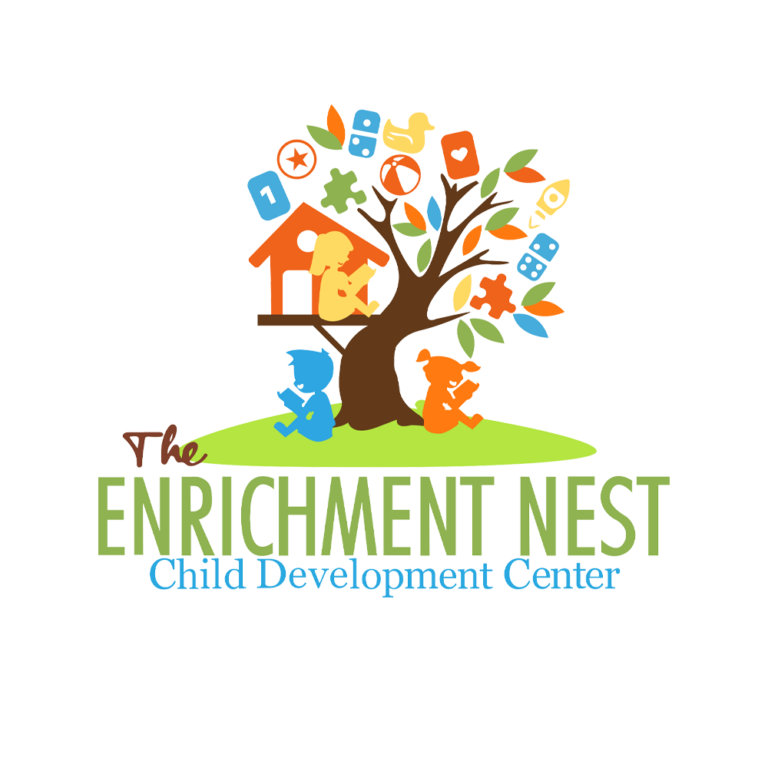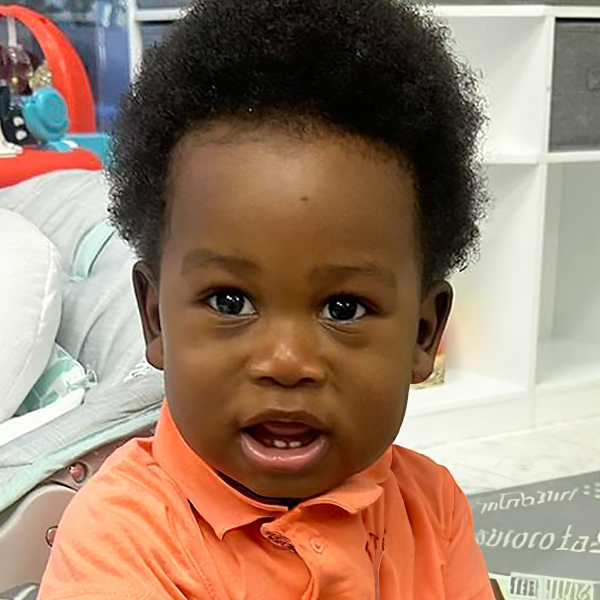As parents and caregivers, we’re constantly seeking ways to enrich the lives of our little ones, nurturing their development and fostering their growth. One vital aspect of a child’s early years is the development of fine motor skills. These skills involve the coordination of small muscles in the hands and fingers, and they play a crucial role in a child’s ability to perform essential tasks, from tying shoelaces to holding a pencil. Today, we’ll explore four delightful activities that can help children between the ages of 2 and 5 years old refine their fine motor skills while having a blast: finger painting, stacking cups or blocks, coloring with crayons, and rolling balls with playdough.
Finger Painting: A Messy Masterpiece
Finger painting isn’t just about creating beautiful artwork; it’s a sensory-rich experience that engages multiple senses and strengthens hand muscles. As children dip their fingers into vibrant paints and swirl them across the paper, they’re refining their grasp and control. The squishy sensation of paint between their fingers enhances tactile awareness, while the freedom to create without constraints fosters creativity and self-expression. Through finger painting, children develop hand-eye coordination and learn to manipulate tools effectively, skills that are essential for tasks like writing and buttoning clothes.
Stacking Cups or Blocks: Building Skills One Block at a Time
Stacking cups or blocks might seem like child’s play, but it’s a fundamental activity for honing fine motor skills and spatial awareness. As children carefully balance each block or cup atop another, they’re refining their hand-eye coordination and precision. The repetitive action of stacking encourages finger dexterity and control, as well as problem-solving skills as they experiment with different arrangements. Moreover, as the tower grows taller, children learn about concepts like balance and stability, laying the foundation for mathematical understanding.
Coloring with Crayons: Bringing Imagination to Life
Grabbing a handful of crayons and coloring within the lines isn’t just a fun pastime—it’s a valuable exercise for developing fine motor skills and encouraging creativity. As children grip the crayons and apply varying pressure to create different strokes, they’re refining their pencil grasp and strengthening hand muscles. Coloring also enhances hand-eye coordination and spatial awareness as children navigate intricate patterns and shapes. Beyond the physical benefits, coloring stimulates imagination and self-expression, allowing children to bring their thoughts and ideas to life on paper.
Rolling Balls with Playdough: Mold, Squish, and Create
Playdough is a versatile medium that offers endless opportunities for fine motor development. Rolling balls with playdough provides children with a hands-on experience that strengthens hand muscles and improves finger control. As they manipulate the dough, children engage in sensory exploration, refining their tactile awareness and sensitivity. Rolling balls also promotes bilateral coordination as children use both hands simultaneously, laying the groundwork for activities that require more complex hand movements.
Incorporating these activities into a child’s daily routine not only enhances their fine motor skills but also provides numerous other benefits. From fostering creativity and self-expression to promoting problem-solving and spatial awareness, these activities lay a solid foundation for future learning and development. So, let’s embrace the messy masterpieces, the towering structures, the colorful creations, and the squishy sensations—because through these simple yet meaningful experiences, our little ones are building skills that will last a lifetime.






